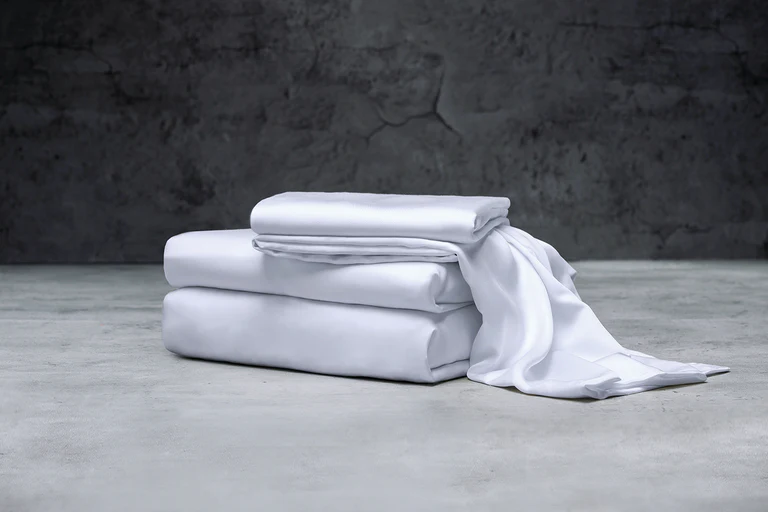Disadvantages of Lyocell Bedding: A Comprehensive Guide
Understanding the Limitations of This Popular Eco-Friendly Fabric
An objective analysis of Lyocell bedding’s challenges and how to make informed purchasing decisions
Lyocell, often marketed as TENCEL™, has gained significant popularity in sustainable bedding for its eco-friendly production and luxurious feel. यद्यपि, like any textile, it comes with specific disadvantages that consumers should understand before making an investment.
Understanding Lyocell’s Inherent Challenges
While Lyocell offers numerous benefits including sustainability and softness, it’s crucial to understand its limitations to set realistic expectations.
- Exceptional softness and smooth texture
- Highly breathable and moisture-wicking
- Eco-friendly closed-loop production
- Biodegradable and compostable
- Hypoallergenic and resistant to bacteria
- Higher price point than conventional fabrics
- Requires specific care and maintenance
- Can be prone to wrinkling
- Limited color retention in some variants
- May pill with improper care
The Price Premium of Sustainable Bedding
Lyocell’s advanced manufacturing process and sustainable credentials come at a cost that may not suit every budget.
The specialized solvent-spinning process used in Lyocell production requires sophisticated equipment and strict environmental controls, contributing to its premium pricing. साथै, the wood pulp sourcing from sustainably managed forests adds to the material costs.
For budget-conscious consumers, the initial investment in Lyocell bedding may be prohibitive, though many find the long-term benefits justify the upfront cost.
Proper Care & Maintenance Guide
- Machine wash cold on gentle cycle
- Use mild, eco-friendly detergents
- Tumble dry low or air dry
- Remove promptly from dryer to minimize wrinkles
- Iron on low heat if necessary
- Bleach or harsh chemicals
- High-heat drying
- Aggressive wringing or twisting
- Dry cleaning unless specified
- Direct sunlight for extended periods
Durability and Maintenance Concerns
Lyocell’s unique fiber structure presents specific challenges in daily use and long-term maintenance that consumers should anticipate.
- Fiber weakening when wet requires gentle handling
- Potential for pilling with friction or improper washing
- Wrinkle-prone nature may require frequent ironing
- Color fading in direct sunlight over time
- Less resilient than high-quality cotton variants
- Follow specific care instructions meticulously
- Use front-loading washers to reduce abrasion
- Store properly to minimize creasing
- Rotate with other bedding to extend lifespan
- Choose high-quality Lyocell blends for durability
Making the Right Bedding Selection
Understanding Lyocell’s disadvantages helps consumers make informed decisions based on their specific needs, preferences, and lifestyle.
- Sustainability is a top priority
- You prefer ultra-soft, smooth textures
- You have sensitive skin or allergies
- You’re willing to follow specific care instructions
- Budget allows for premium bedding investment
- Budget constraints are significant
- You prefer low-maintenance bedding
- Durability is the primary concern
- You frequently use high-heat washing/drying
- Wrinkle-resistant properties are essential
For those who appreciate Lyocell’s benefits but are concerned about its limitations, blended fabrics combining Lyocell with cotton or polyester can offer a balanced solution with enhanced durability and easier care.
Make an Informed Bedding Choice
Consult with JUEAI HOME’s textile experts to find the perfect bedding solution for your specific needs and preferences
Consult Our Textile Experts